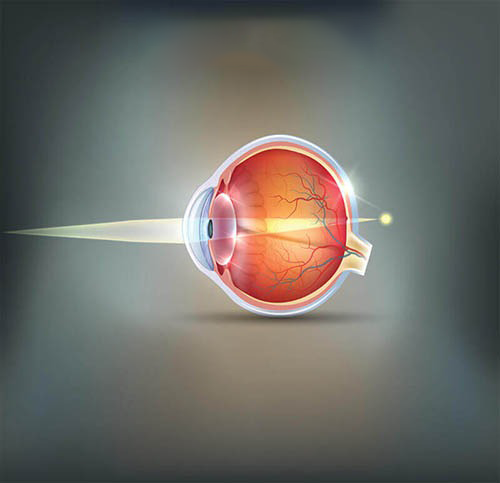Presbyopia

How Is Presbyopia Treated?
The most common and simple solution is the use of reading glasses. These typically start with a power of +0.5 to +1.0 diopters and gradually increase with age, reaching up to +2.5 or +3.0 diopters.
Some people choose to wear bifocals or progressive lenses, which combine distance and near vision correction into one pair of glasses—avoiding the hassle of constantly putting glasses on and off throughout the day.
While glasses are a practical, non-invasive, and cost-effective option, they do come with drawbacks. Many people find them cumbersome, especially when dealing with fogging, smudging, or misplacement. The aesthetic aspect is also a concern for some, and others simply find it uncomfortable to wear glasses for long hours.
As a result, an increasing number of people are exploring surgical or lens-based options that offer long-term freedom from glasses, especially during cataract surgery. These solutions aim to restore natural-like vision and improve the quality of life without the constant reliance on spectacles.
Presbyopia Correction with Cataract Surgery
The most promising solution currently available for presbyopia correction comes during cataract surgery. By implanting advanced intraocular lenses (IOLs)—such as trifocal lenses (e.g., PanOptix by Alcon) or Extended Depth of Focus (EDOF) lenses (e.g., Eyhance by Johnson & Johnson)—patients can significantly reduce or even eliminate their dependence on glasses for most activities.
Successfully correcting presbyopia remains one of the most sought-after goals in eye care and would be a major milestone in the field of ophthalmology.
For more details on presbyopia and its treatment options, feel free to email us at





